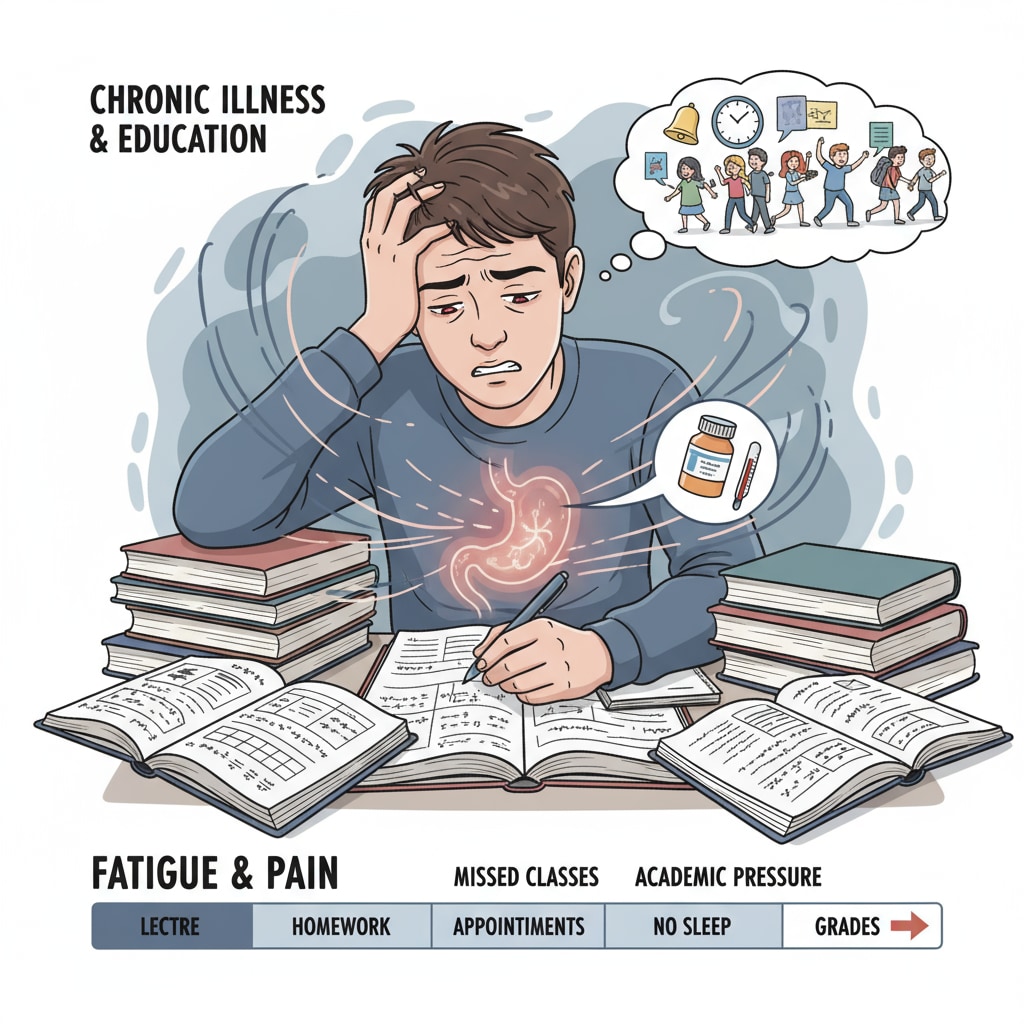Chronic diseases, high school graduation, and GED test are topics that are of great significance when discussing the educational journey of teenagers facing health challenges. For adolescents dealing with chronic illnesses, the path to high school graduation can be fraught with difficulties. The traditional educational model often fails to fully accommodate their needs, leading to a search for alternative solutions like the GED test.

The Academic Struggles of Teens with Chronic Diseases
Teens with chronic diseases often encounter numerous obstacles in their high school studies. Frequent doctor appointments, hospital stays, and the physical and mental toll of the illness can cause extended absences from school. As a result, they may fall behind in their coursework. For example, a student with a chronic respiratory condition may miss weeks of school due to exacerbations, making it challenging to keep up with the fast-paced curriculum. According to the CDC, many students with chronic diseases struggle academically.

The Limitations of Traditional Education
Traditional high school education is structured in a way that doesn’t always support students with chronic diseases. The rigid schedules, large class sizes, and standardized teaching methods can be overwhelming for these students. In addition, the lack of individualized support means that students with unique health needs may not receive the attention they require. For instance, a student who needs frequent breaks or special accommodations may not get them in a regular classroom setting. This lack of flexibility can significantly impact their educational progress.
The GED Test as an Alternative Path
The GED test offers a viable alternative for teens with chronic diseases seeking high school graduation. It allows students to demonstrate their academic proficiency without having to complete the full four-year high school program. The GED test covers subjects like language arts, mathematics, science, and social studies. By passing this test, students can earn a recognized high school equivalency credential. As stated on the official GED website, the GED test provides an opportunity for individuals to prove their knowledge and skills.
In conclusion, chronic diseases, high school graduation, and the GED test are intertwined in the educational landscape of teenagers with health issues. Recognizing the struggles they face in traditional education and exploring alternative paths like the GED test can open up new opportunities for these students to achieve their educational goals.
Readability guidance: The article uses short paragraphs and lists to summarize key points. Each H2 section provides relevant information. The proportion of passive voice and long sentences is controlled, and transition words are used throughout the text to enhance readability.


